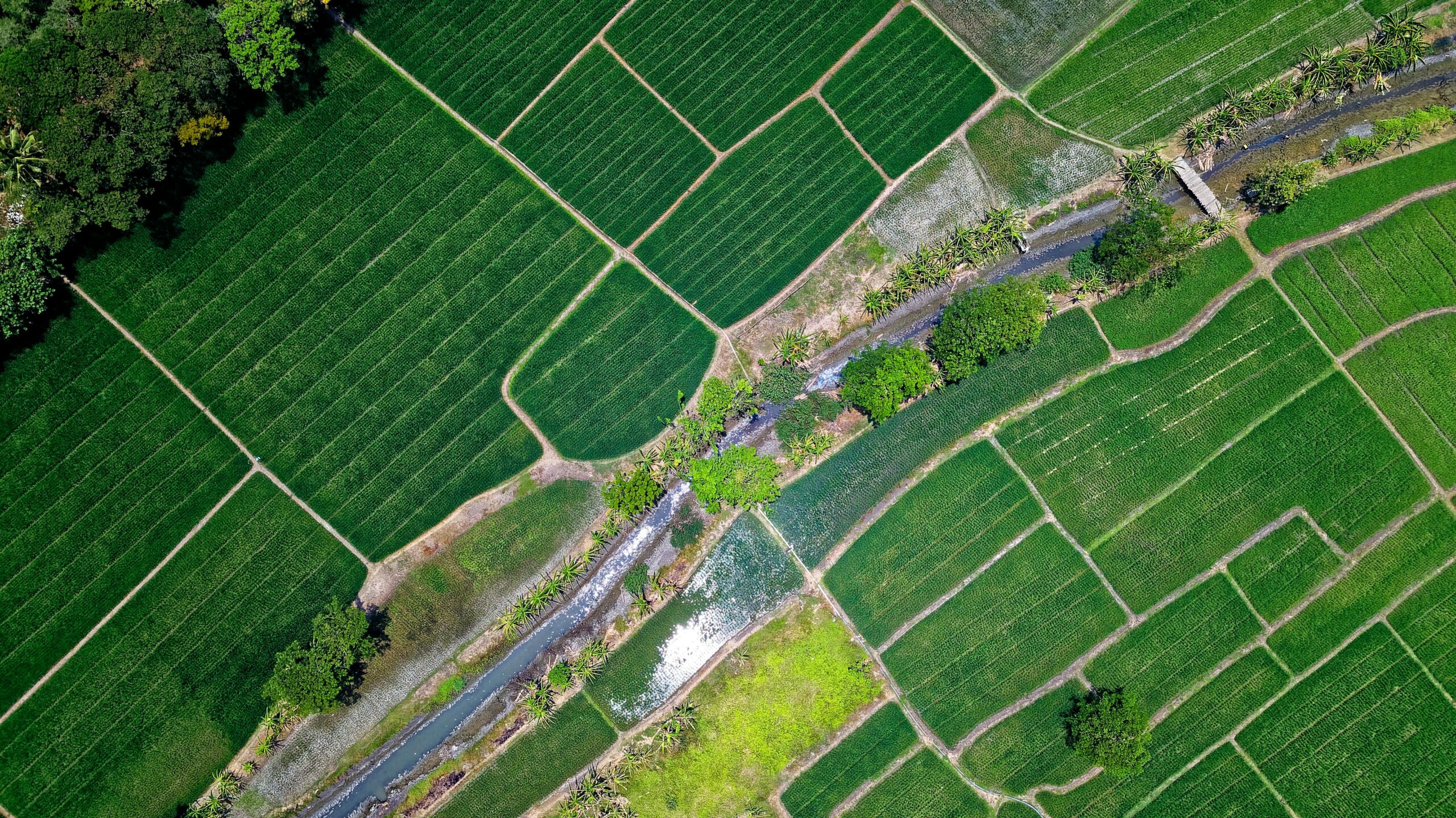Nature-based solutions (NBS) have become a key concept in environmental and sustainability fields, and for good reason. While many people have heard of NBS, not everyone can clearly define what they are when asked.
So what exactly are nature-based solutions, and how do they work? In essence, NBS involve using natural processes and ecosystems to address societal challenges such as climate change, disaster risk and biodiversity loss. By harnessing the power of nature, NBS provides sustainable, cost-effective and multifunctional benefits.
What is the definition of nature-based solutions?
The International Union for Conservation of Nature (IUCN) defines nature-based solutions as “actions to protect, sustainably manage and restore natural or modified ecosystems that address societal challenges effectively and adaptively, while simultaneously providing human well-being and biodiversity benefits.” Simply put, nature-based solutions use nature itself to solve issues like flooding, carbon emissions and habitat degradation, creating a win-win for people and the planet.

How do nature-based solutions work?
Nature-based solutions work by restoring or mimicking natural processes that provide ecosystem services. These services include water filtration, carbon sequestration, soil stabilization and flood regulation. By integrating these approaches into urban planning, agriculture or climate adaptation strategies, NBS help enhance resilience while promoting biodiversity.
3 practical examples of nature-based solutions
1. Wetland restoration for flood control and water quality
Wetlands act as natural sponges by absorbing and slowly releasing floodwaters, which helps reduce the severity of floods downstream. Restoring and protecting wetlands also improves water quality by filtering pollutants and nutrients before they reach rivers and lakes. This nature-based solution benefits both communities at risk from flooding and aquatic ecosystems, while also supporting biodiversity and carbon storage.
2. Urban Green Infrastructure
Creating green roofs, rain gardens and permeable pavements in cities helps manage stormwater, reduce heat island effects and improve air quality. Urban green infrastructure exemplifies how nature-based solutions can be integrated into city design to enhance environmental and social well-being.

3. Reforestation for Carbon Sequestration
Planting trees in degraded landscapes promotes carbon uptake from the atmosphere, helping to combat climate change. Beyond carbon storage, reforestation and agroforestry restores wildlife habitat, improves soil health and supports local livelihoods, making it a multifaceted nature-based solution.
Harnessing NBS for future impacts
Understanding the definition of nature-based solutions is key to recognizing their potential in addressing pressing environmental challenges. By supporting and facilitating nature projects using NBS, we can harness nature’s inherent power to build resilience, enhance biodiversity and support sustainable development. Whether through coastal restoration, urban greening, or reforestation, practical NBS offer actionable pathways toward a healthier planet.
Dulra provides customisable, modular solutions for nature-based solutions projects designed to streamline funding, data management, project coordination and reporting. Learn more.




